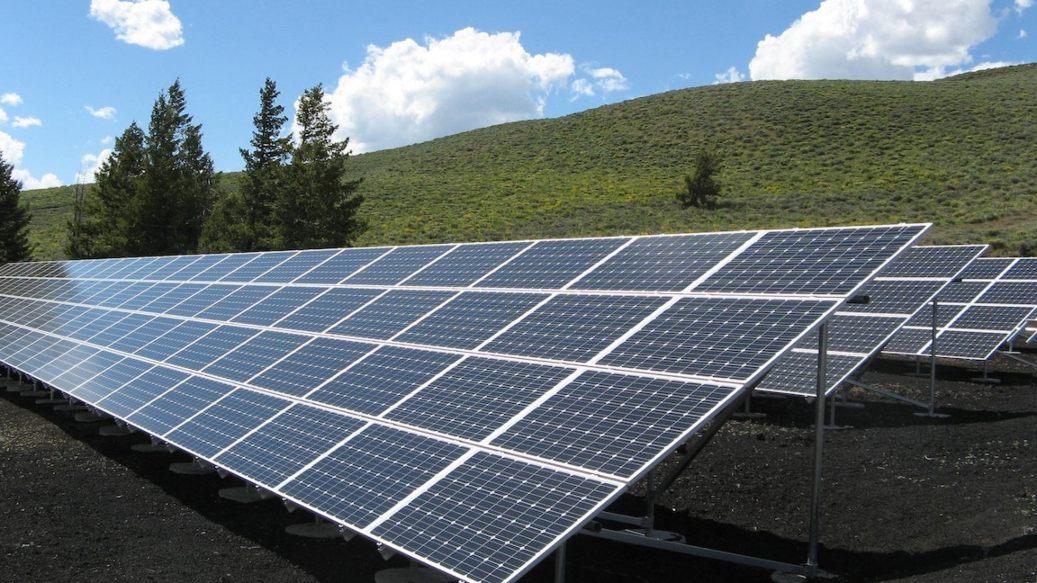Community solar is an affordable and accessible way for anyone to join the renewable energy movement. This program crowdfunds the installation of solar panels at a local solar farm or “solar garden” and then subscribes members to the power they produce at a discounted rate. Fossil fuels create harmful pollutants that harm animals and humans, but switching to renewables benefits all life. Here are a few of the environmental benefits of community solar:
Table of Contents
Reduced Greenhouse Gas Emissions
When a solar project operates at full capacity, it reduces greenhouse gas emissions from fossil fuel generation. This is significant because carbon dioxide levels are currently at the highest they have ever been, and climate change is already impacting us all. Solar energy is an important part of the solution to our climate crisis. It also offers local jobs and provides a clean alternative to the fossil fuels driving our global warming epidemic. Community solar projects can be located on open fields, rooftops, or even contaminated industrial sites, typically found in under-resourced communities. In addition, because they are closer to people, these clean energy sources help mitigate climate impacts by reducing air pollution and toxins.
But, solar energy isn’t available to all Americans because most households cannot afford to install their rooftop panels. Additionally, most low-income earners live in rental homes and cannot benefit from long-term electricity bill savings and residential solar offers. To address this inequality, community solar is a powerful solution because it allows them to reap the benefits of solar without the upfront investment required by purchasing a panel on their roof or participating in a green power program.
Reduced Deforestation
Many renewable energy projects involve the clearing of land to build facilities. This activity contributes to deforestation, emitting greenhouse gases and other pollutants into the air. Burning fossil fuels also harm wildlife by destroying their habitat and releasing pollutants that interfere with rainfall, cause nutrient imbalances, and affect human health. By switching to community solar, you can help protect the environment by reducing pollution and deforestation. In addition, the economic benefits of community solar are significant for low-income households. As a result, more people can participate in the clean energy revolution.
Moreover, several communities in the USA are working to make community solar available to all by partnering with electric utilities, local non-profits, and financial institutions. As a result, low- and moderate-income customers can benefit from community solar savings and the job creation and sustainability opportunities it supports.
Cleaner Air
In several communities in the USA, a new type of solar power generation generates big savings for locals. Community Solar is a new and growing segment of the renewable energy industry. Solar power is generated on the rooftop of an existing facility (such as a self-storage center or manufacturing plant). Residents then subscribe to the power being produced and receive credits on their electricity bill for their share of the project’s output. They pay no upfront costs or equipment installation and typically save 5% to 10% on their annual energy bills.
Producing clean energy through community solar projects also benefits the environment by reducing air pollution. Fossil fuel burning contributes to greenhouse gas emissions but releases other pollutants, including sulfur dioxide, nitrogen oxides, mercury, and particulates. These can harm animals and plants as well as humans. Switching to clean, renewable community solar helps reduce the environmental impact and makes us all healthier.
Generally, the electricity savings from a community solar subscription are passed through to households through virtual net metering credits on their electric utility bill. However, various ownership and subscription options best fit each household’s financial and energy goals.
Improved Water Quality
Community solar farms can offset thousands of tons of CO2 depending on the project size. Communities hosting solar projects may also experience improved water quality thanks to better land management.
As mentioned, because community solar isn’t tied to rooftops, subscribers can take their solar contract or subscription with them when they move within their utility service area (some research even shows it boosts a home’s selling price). Developing a solar farm typically creates new jobs for construction workers, engineers, electricians, and project managers. Ideally, optimal community solar sites are located near power lines and substations to minimize the distance the electricity needs to travel. This can help stabilize the grid, especially in areas with few other power sources. It can also ensure that power is available during outages since a single point of failure is less likely to affect all homes.
Reduced Noise
Using fossil fuels pollutes the land and water with greenhouse gases and toxins such as sulfur dioxide, nitrogen oxides, mercury, carbon monoxide, particulates, and other heavy metals. Switching to clean energy solutions like community solar helps animals, plants, and humans. Many community solar projects also include redundancy to keep the power flowing even during grid outages. This is often done by using multiple sites or including a backup source of electricity. The benefits of community solar are numerous and can help create a cleaner, greener future for all. But the process of implementing these projects can sometimes present environmental concerns. For example, the noise generated by the inverters in a solar project can be an issue for surrounding residents. This problem can be mitigated with acoustic mitigation measures.
Also Read – How a Cloud Incident Response Framework Can Save Your Business Time & Money




